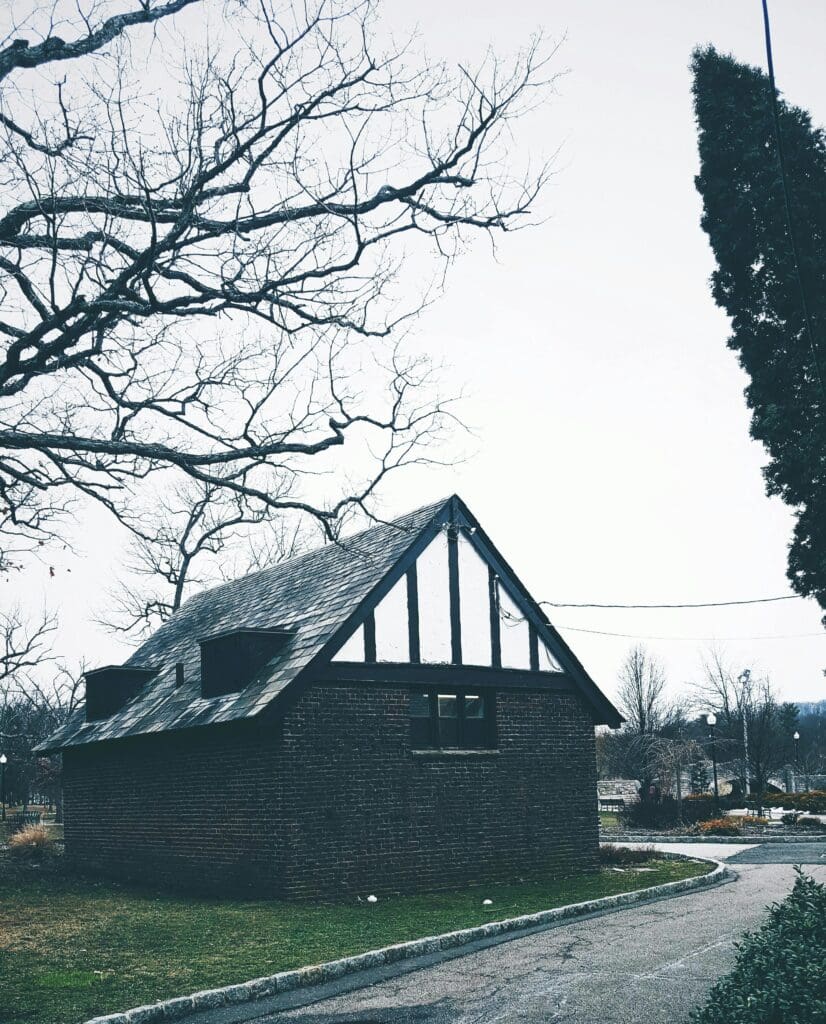In the quest for sustainable living, the materials used in building a roof play a pivotal role. As environmental concerns rise, so does the demand for eco-friendly roofing solutions. Whether you’re building from scratch or replacing an old roof, choosing green materials can significantly impact your carbon footprint.
If you’re considering combining sustainable options with expert local know-how from roofing companies in Seattle, Fast Roofing NW offers insightful guidance on environmentally conscious roofing options. Here’s a comprehensive list of nine eco-friendly roofing materials that contribute to sustainability.
1. Recycled Shingles
Recycled shingles are an excellent choice for eco-conscious homeowners. These shingles are typically made from recycled materials such as rubber, wood fiber, and plastic. They offer durability comparable to traditional asphalt shingles but have a lower environmental impact. Recycled shingles divert waste from landfills and reduce the need for new raw materials, making them a sustainable choice.
Advantages:
- Durability: Comparable to traditional shingles.
- Sustainability: Made from recycled content.
- Variety: Available in various colors and styles.
2. Metal Roofing
Metal roofing is renowned for its longevity and recyclability. Materials such as steel, aluminum, and copper are commonly used. Metal roofs can last up to 50 years or more and are fully recyclable at the end of their lifespan.
Moreover, metal reflects solar heat, reducing cooling costs in hot climates. For those in Seattle, where weather can be unpredictable, you should go over the best material for the weather and lot location with your trusted roofing consultant. They can provide you with metal roofing options that are both durable and suitable for local conditions.
Advantages:
- Longevity: Can last for decades.
- Energy Efficiency: Reflects solar heat.
- Recyclability: Can be recycled indefinitely.
3. Cool Roofing
Cool roofs are designed with reflective materials that reflect more sunlight and absorb less heat than standard roofing. They can be made from a variety of materials, including cool-colored tiles and reflective metal.
Cool roofs help in reducing urban heat islands and lower energy costs by keeping buildings cooler. The right roofing expert can help you choose the best cool roofing materials to maximize energy savings in the Pacific Northwest climate.
Advantages:
- Energy Savings: Reduces cooling costs.
- Heat Reduction: Lowers the temperature of the roof.
- Versatility: Available in various styles and materials.
4. Green Roofs
Green roofs, also known as living roofs, are covered with vegetation planted over a waterproof membrane. They provide natural insulation, reduce stormwater runoff, and improve air quality.
Green roofs can be either extensive (low-maintenance, shallow soil) or intensive (deeper soil, more diverse plant life). For urban dwellers, roofing companies can design and install green roofs that contribute to sustainable urban development.
Advantages:
- Insulation: Provides natural temperature regulation.
- Stormwater Management: Reduces runoff.
- Aesthetic Appeal: Enhances building appearance.
5. Clay and Slate Tiles
Clay and slate tiles are traditional roofing materials that offer natural beauty and long-lasting performance. These tiles are incredibly durable and can last over a century if maintained properly. Being natural materials, clay and slate have minimal environmental impact compared to synthetic alternatives
Advantages:
- Durability: Long lifespan of 100+ years.
- Aesthetic Appeal: Offers a classic look.
- Low Maintenance: Requires minimal upkeep.
6. Solar Tiles
Solar tiles integrate solar panel technology directly into the roofing material. They provide a dual function by generating renewable energy while serving as a durable roofing option. Solar tiles blend seamlessly with traditional roofing materials, making them an aesthetically pleasing and eco-friendly choice.
Advantages:
- Energy Generation: Provides renewable energy.
- Integration: Blends with traditional roofs.
- Efficiency: Reduces electricity bills.
7. Wood Shingles and Shakes
Wood shingles and shakes are made from natural wood, such as cedar, and provide a rustic aesthetic. When sourced from sustainable forests and treated with environmentally friendly preservatives, wood roofing can be an eco-friendly option. They are biodegradable and can be recycled at the end of their life.
Advantages:
- Natural Look: Provides a rustic charm.
- Biodegradability: Breaks down naturally.
- Renewability: Made from sustainable sources.
8. Rubber Roofing
Rubber roofing, often made from recycled tires, is a durable and flexible material. It is resistant to weathering, and its long lifespan makes it a sustainable choice. Rubber roofs can be installed in various forms, including shingles and rolls, and are suitable for both flat and sloped roofs.
Advantages:
- Durability: Long-lasting and weather-resistant.
- Flexibility: Adapts to various roof shapes.
- Sustainability: Made from recycled materials.
9. Reclaimed Wood
Reclaimed wood roofing repurposes old wood from demolished buildings or other sources. This reduces the need for new lumber and preserves the character of the wood. Reclaimed wood offers a unique aesthetic and supports the reduction of deforestation by reusing existing materials.
Advantages:
- Character: Offers a unique, aged appearance.
- Sustainability: Reduces demand for new lumber.
- Environmental Impact: Lowers carbon footprint through recycling.
Conclusion
Choosing environmentally friendly roofing materials is a significant step toward reducing your home’s environmental impact. From recycled shingles to solar tiles, there are numerous options available to meet your aesthetic preferences and sustainability goals.
If you’re exploring green roofing options and looking for expert advice Fast Roofing NW can guide you through selecting and installing the best eco-friendly roofing materials for your home.

